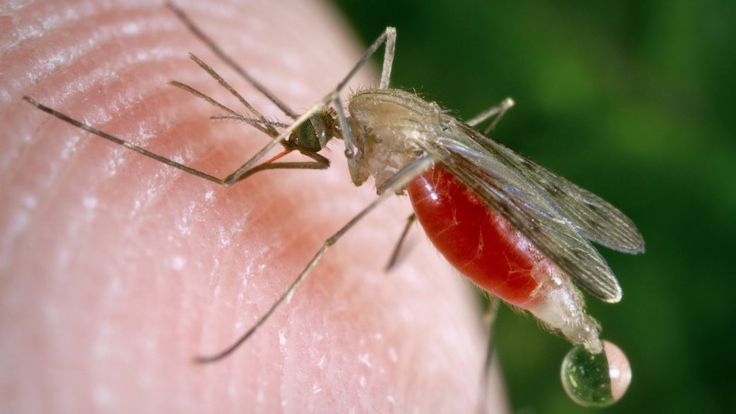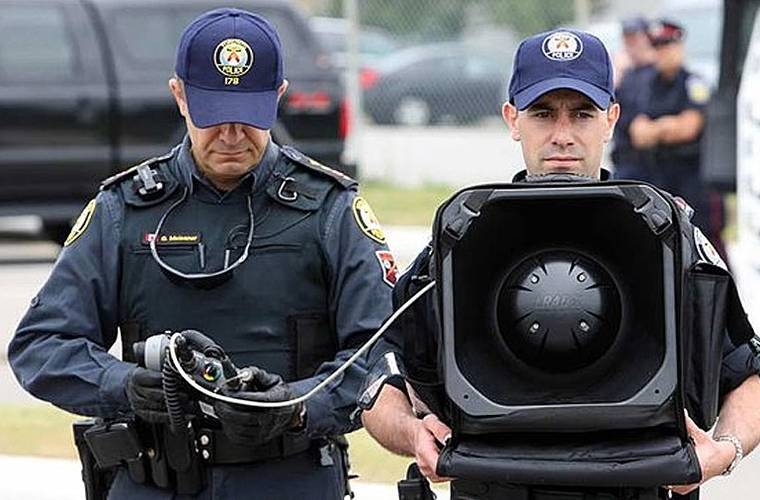By: Olivia Akl

Reports of “[u]nprecedented” malaria and dengue fever epidemics are coming out of North Darfur.[1] Pakistan is seeing its own outbreak with 13,800 cases since January of this year, 12,844 of them in the city of Karachi alone.[2] Dengue fever, also called “Break-Bone Fever,”[3] is a vector-borne disease which “occur[s] in many countries of the [world] in the Americas, Africa, the Middle East, Asia, and the Pacific Islands.”[4]
Since the “1877 discovery that mosquitoes transmitted filariases from human to human,”[5] vector-borne diseases–“[d]iseases that result from an infection transmitted to humans and other animals by blood-feeding arthropods, such as mosquitoes, ticks, and fleas”[6]–have been a focus of public health planning. Historically, vector-borne diseases were the cause of “more human disease and death in the 17th through the early 20th centuries than all other causes combined.”[7] While prevention and control programs for arthropods from the 1910s to the 1960s, focusing on “elimination of arthropod breeding sites (source reduction) through environmental hygiene along with limited use of chemical insecticides,” were, for a time, largely successful in ending the major public health problem of these vector-borne illnesses everywhere but Africa, in the 1970s a resurgence occurred.[8]
This resurgence–due to lost funds, lost public health infrastructure, “reliance on quick-fix solutions such as insecticides and drugs,”[9] growing insecticide resistance,[10] and increased global temperatures[11]–has led to the current state of affairs: vector-borne diseases spreading throughout the world,[12] and doing so at “[u]nprecedented” rates.[13]
To best combat these epidemics, scientists have been relying on spatial epidemiology–an analysis of diseases and the geographic variations thereof, based on environmental, socioeconomic, and other infectious risk factors.[14] Advancing technology has made spatial epidemiology even more precise and valuable–rapid diagnostic tests, mobile phone-based reporting, and advanced genome sequencing technology have all been invaluable in predicting the distributions of diseases and their vectors.[15] As “human mobility is a major factor in the spread of vector-borne diseases such as malaria and dengue [fever] even over short intra-city distances,”[16] the value of GPS data from mobile phones is immense. The problem with relying on mobile phone data is that it is “owned by private companies.”[17]
Emanuele Massaro, a scientist with Ecole Polytechnique Fédérale de Lausanne said “[i]n an emergency, having accurate information makes all the difference.”[18] Massaro placed significant weight on the accuracy of mobile phone data over census models and articulated some concern with the current legal gray area of using this data, saying “[w]e need to think seriously about changing the law around accessing this kind of information — not just for scientific research, but for wider prevention and public health reasons.”[19] Massaro’s research team was able to demonstrate that mobile phone data could be used without infringing on the phone owner’s privacy.[20]
Whatever accord researchers and the law find, it is clear that something must be done before these “[u]nprecedented”[21] outbreaks become the norm. Whether it is using spatial epidemiology to better apply limited resources, further deployment of existing pesticides to help fight back the spread, or even weaponizing new technology against the carriers of these diseases, more attention should be paid to their spread.
[1] See El Fasher, ‘Unprecedented’ Malaria, Dengue Epidemics in North Darfur, Dabanga (Nov. 22, 2019), https://www.dabangasudan.org/en/all-news/article/malaria-dengue-epidemics-in-north-darfur-unprecedented.
[2] See More Dengue Fever Cases Surface in Karachi, Frontier Post (Nov. 21, 2019), https://thefrontierpost.com/more-dengue-fever-cases-surface-in-karachi/.
[3] See Acute Communicable Disease Control, Cty. of L.A. Dep’t of Pub. Health, http://publichealth.lacounty.gov/acd/VectorDengue.htm.
[4] Dengue Around the World, Ctrs. for Disease Control & Prevention (Sept. 26, 2019), https://www.cdc.gov/dengue/areaswithrisk/around-the-world.html.
[5] Duane J. Gubler, Resurgent Vector-Borne Diseases as a Global Health Problem, 4 Emerging Infectious Diseases 442, 442 (1998), https://wwwnc.cdc.gov/eid/article/4/3/98-0326_article.
[6] Acute Communicable Disease Control, County of Los Angeles Department of Public Health, http://publichealth.lacounty.gov/acd/Vector.htm.
[7] Gubler, supra note 5.
[8] See id.
[9] Id.
[10] See Kat Eschner, Mosquitos Are Becoming Resistant to Our Best Defenses, Popular Sci. (Nov. 22, 2019), https://www.popsci.com/story/health/malaria-mosquitoes-insecticide-resistance/.
[11] See Diarmid Campbell-Lendrum et al., Climate Change and Vector-Borne Diseases: What Are the Implications for Public Health Research and Policy?, Phil. Transactions Royal Soc’y B, Apr. 5, 2015, at 1, https://www.ncbi.nlm.nih.gov/pmc/articles/PMC4342958/.
[12] See Dengue Around the World, supra note 4.
[13] See Fasher, supra note 1.
[14] See Paul Elliot & Daniel Wartenberg, Spatial Epidemiology: Current Approaches and Future Challenges, 112 Envtl Health Persp. 998, 998 (2004), https://www.ncbi.nlm.nih.gov/pmc/articles/PMC1247193/.
[15] See Andrew J. Tatum, Innovation to Impact Spatial Epidemiology, BMC Med., Nov. 2018, at 1. https://bmcmedicine.biomedcentral.com/articles/10.1186/s12916-018-1205-5
[16] Mapping Disease Outbreaks in Urban Settings Using Mobile Phone Data, ScienceDaily (Nov. 15, 2019), https://www.sciencedaily.com/releases/2019/11/191115074409.htm
[17] See id.
[18] Id.
[19] Id.
[20] See id.
[21] See Fasher, supra note 1.
image source: https://www.bbc.com/news/health-48464510



/cdn.vox-cdn.com/uploads/chorus_image/image/65676619/Disney_Plus_logo.0.jpg)



